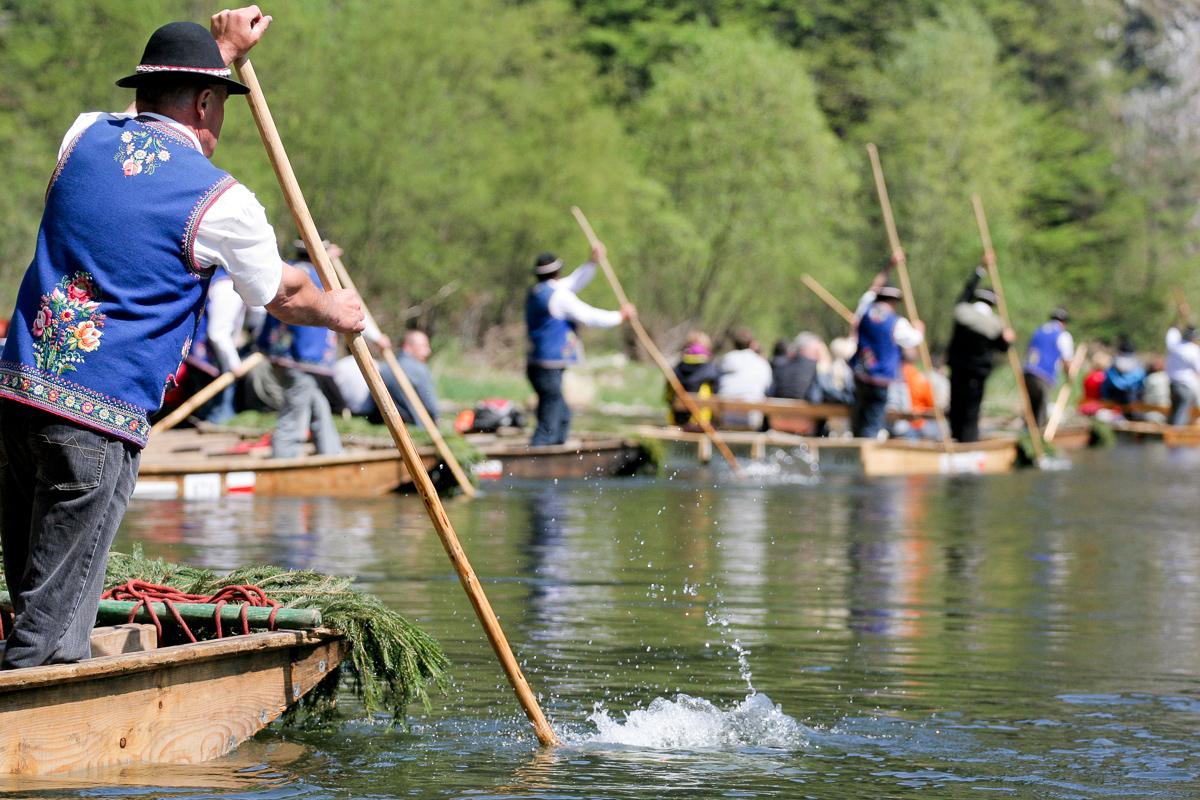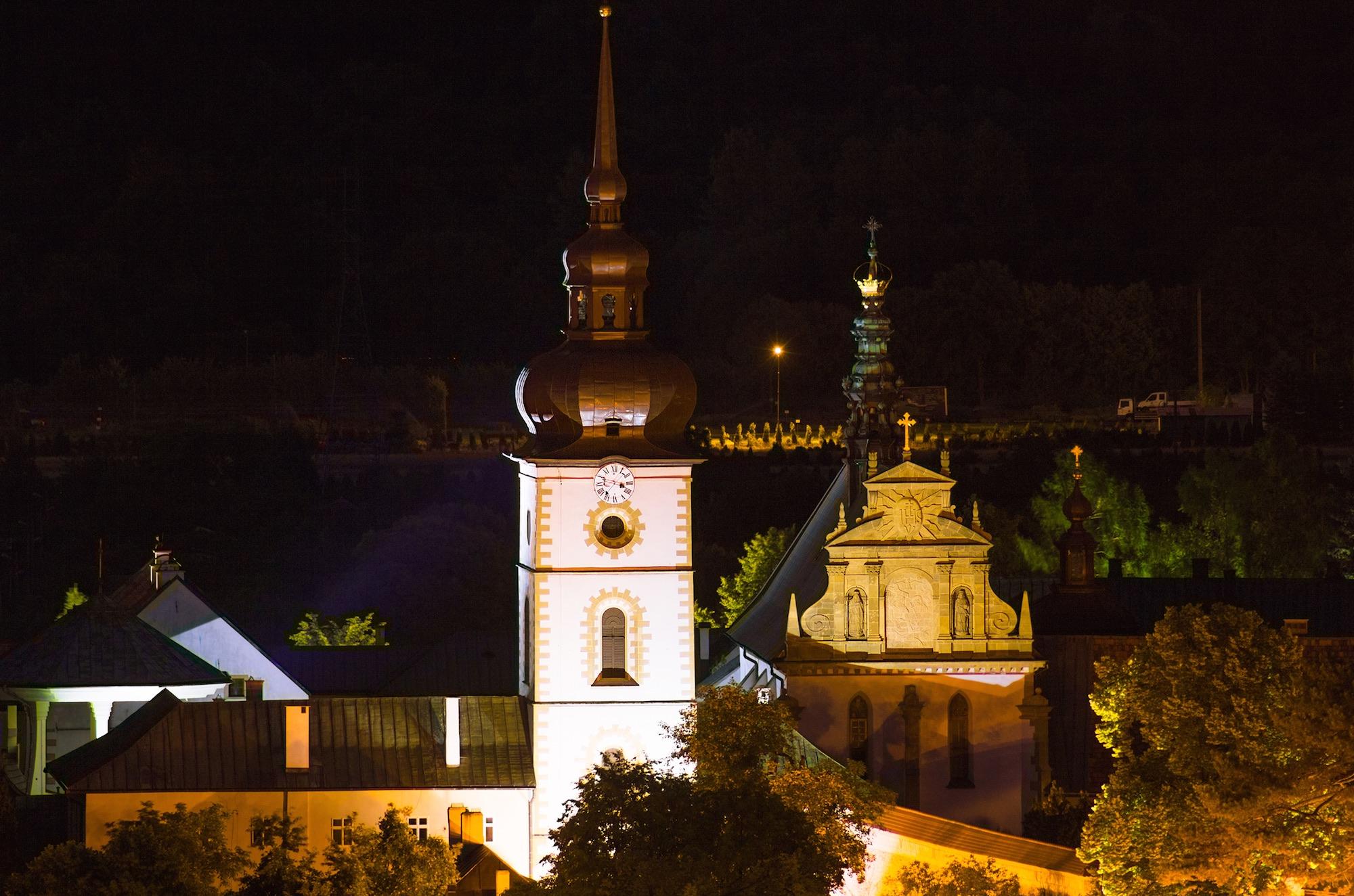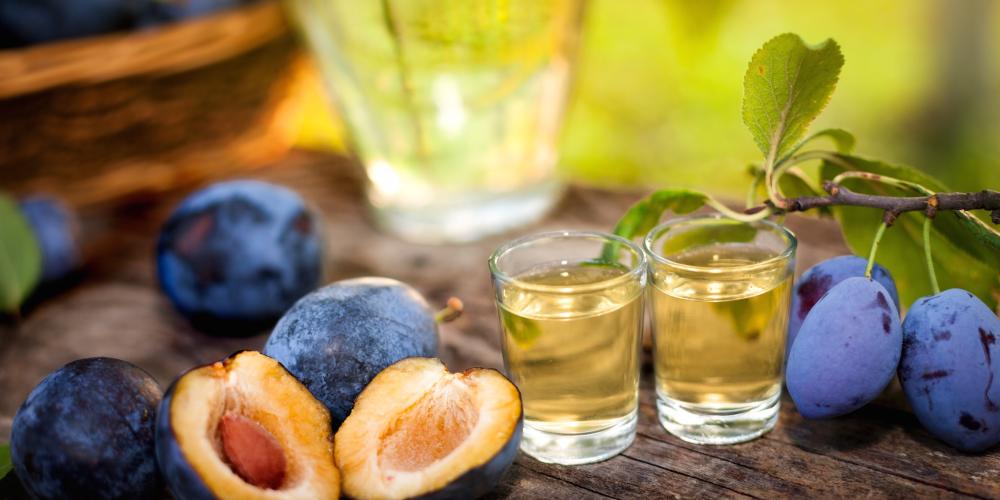Pieniny Mountains

The road to the Pieniny Mountains is stunning, full of turns, and breathtaking views of the several mountain ranges. Rafting on the Dunajec starts at the marina in Kąty, or further downstream in Sromowce Niżne. On wooden rafts, guided by raftsman in traditional garb, you'll float through Dunajec Gorge, one of the most beautiful sections of Pieniny National Park—the oldest national park in Poland and the first international protected area in Europe—with Poland on the left, and Slovakia on the right. The trip meanders 20 kilometres (12 miles) and ends in Szczawnica or, in the case of the longer route, in Krościenko, and lasting about 2-3 hours. Rafting season runs from the 1st of April to the 31st of October. The weather can be chilly, so take some warmer and comfortable clothes, and on hot days, remember to bring a hat and something to drink.

The Pieniny Mountains are also great for hiking, with well-marked trails running through the most beautiful peaks, hills, and glades. Trzy Korony, Sokolica, Wysoka, or Homole glen are obligatory points on your tourist bucket list. The Pieniny Mountains also feature the charming Lake Czorsztyn—its surface reflecting the medieval castles of Czorsztyn and Niedzica. The ruins of the royal castle in Czorsztyn are located on the former high road from Kraków to Hungary. Erected as a border fortress, most likely by Princess Kinga, it is currently in ruins but open to visitors.

You'll see much more at the Castle in Niedzica, a mountain stronghold, and one of the most interesting structures in the region. It was built at the beginning of the 14th century on a limestone rock high above the Dunajec, and for centuries, belonged to Polish or Hungarian magnates. It features stone courtyards, ballrooms, and salons, and bedchambers with furniture from the 16th to the 19th century, as well as dungeons and torture chamber. Admire the panorama from the terraces and visit the on-site restaurants and cafes. A mystery of the castle is the legendary Inca treasure, claimed to have been hidden in its recesses in the 17th century. Legends say that any adventurers seeking the treasure will face danger in the quest.
During tourist season, you can take a cruise on a ferry between both of the strongholds— an experience in itself, that lets you easily move between the castles.

On the way back from the Pieniny Mountains, stop in Stary Sącz or visit the Maurera winepress in Zarzecze near Łącko and taste slivovitz—a traditional, and very strong local plum brandy. Stary Sącz is located picturesquely amid orchards, with a market and streets laid out in medieval form—and a captivating atmosphere of an old Galician town. In the past, the quiet town was a bustling and lively trading centre on the route to Hungary. It prides itself on the Monastery of Poor Clares, founded in 1280 by Princess Kinga, the patron of salt miners.



